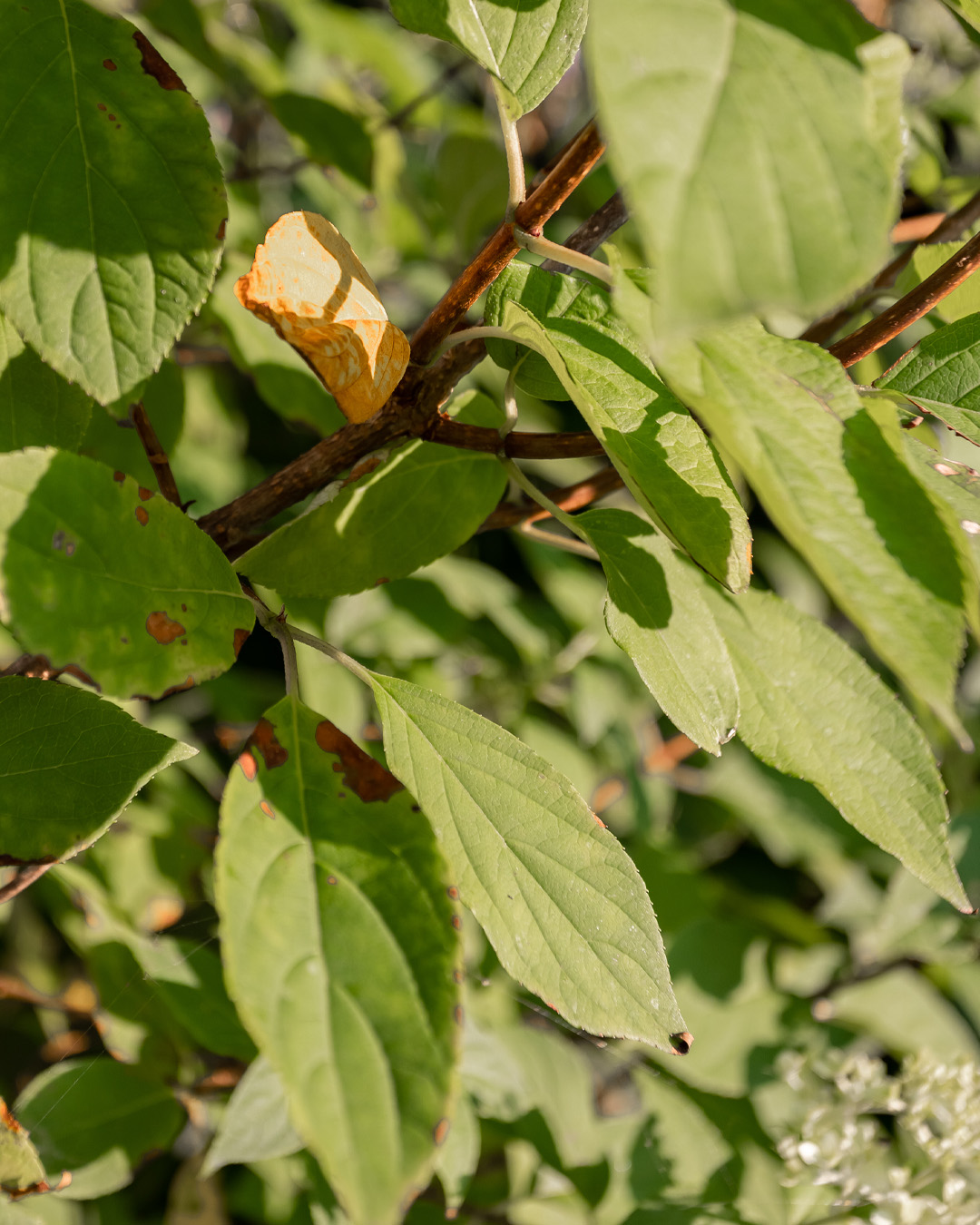7 Easy Facts About Hydrangea Leaves Turning Yellow Shown
Wiki Article
The Hydrangea Leaves Turning Yellow Ideas
Table of ContentsHydrangea Leaves Turning Yellow for BeginnersThe smart Trick of Hydrangea Leaves Turning Yellow That Nobody is DiscussingSome Ideas on Hydrangea Leaves Turning Yellow You Need To KnowFacts About Hydrangea Leaves Turning Yellow RevealedHow Hydrangea Leaves Turning Yellow can Save You Time, Stress, and Money.
Overwatering can additionally trigger dehydration, as counterintuitive and odd as that might seem. Overwatering can choke off oxygen to the origins, which your houseplant requires to make it through.Therefore the plant becomes dried although it is being in a wealth of water. Rotting roots will turn glossy and black with a mushy appearance and a deteriorating scent. The fallen leaves of your hydrangea may diminish, and the ones that are still attached will certainly be yellowed or brown and be mushy at the stem.

Without your intervention, those leaves will swiftly turn brownish, then black as they shed. Where you place your hydrangea matters a great deal if you desire your plants to keep its complete depth of shade and have appealingly green fallen leaves. SIf your hydrangea is an interior plant in your home after that you will likely have an option of 4 home window directions: north, south, east, and west.
All About Hydrangea Leaves Turning Yellow
Hydrangea getting good light, Direct sunlight for hydrangeas is proper in the early morning. Once the afternoon sun reinforces, the straight light is as well scorching, so supply indirect light to partial color. Dappled color is another option. Enable me to discuss several of these "light" terms. Direct light is the sort of light a plant obtains when it rests straight in the sun.Dappled shade means your hydrangeas have above cover, such as a larger tree or plant. The sun comes via directly, however the cover of the larger plant allows the sunshine in only occasionally through the openings in the branches or leaves. Hydrangeas can grow in straight sun as long as they are well watered a watered usually.
Photosynthesis, as all of us recognize, is vital for plant survival, so chlorosis demands to be dealt with promptly. Hydrangea Leaves Turning Yellow. While chlorosis can be brought on by other nutrient deficiencies, it is most typically an iron deficiency. In the following section you will discover just how to identify whether your plant has an iron shortage or another thing
First shows up on the older fallen leaves, but the leaf blood vessels continue to be environment-friendly. While there is generally adequate iron in natural soil, hydrangeas typically battle to take in enough of it.
The 4-Minute Rule for Hydrangea Leaves Turning Yellow
The very best way to avoid iron deficiency-chlorosis in hydrangeas is to plant them in appropriate ericaceous or acidic dirt. When growing in a bed, mix in some peat or reduced-peat ericaceous compost and examine the p, H worth yearly. This is essential due to the fact that the garden compost blend around the plants will affect the p, H value of the dirt over time and the p, H worth might rise once more.It is just utilized on a commercial range, where a long term iron shortage would certainly imply significant yield losses. The unique fertilizers for this are commonly expensive and require to be used in really specific dosages to prevent damages to the fallen leaves. Foliar fertilisation is just efficient for a short duration and must be used regularly or supplemented by regular iron fertilisation.
Input your search key phrases and press Go into.
We're best in the center of our late-blooming hydrangea period below, so I thought I 'd share a pointer for this particular sort of hydrangea that I discovered really interesting. A great deal of people have a similar issue with their panicle hydrangeas where they start to see the leaves transforming yellow and leaving at various parts of he has a good point the period and it can be quite dramatic and rather worrying due to the fact that it can occur actually rapidly on a hedge that feels like it's or else actually healthy and balanced.
Some Ideas on Hydrangea Leaves Turning Yellow You Need To Know
I have actually shared it on Instagram before, however I realized I've never ever told see this you regarding this in a genuine, complete blog site message, so today I'm looking after that. When I claim that this relates to panicle hydrangeas, that implies the kind of hydrangeas that commonly grow later on in summertime, usually around August.
If you truly desire to optimize blossoms, a (the middle number) will truly aid boost the number and size of i thought about this your blooms. You need to see the number of newly-yellowed leaves reduce rather quickly as quickly as you offer your hydrangea the food it requires. The great information is that if you do definitely nothing, the plant will certainly still be great, it will simply have a few less fallen leaves.
Courtenay is the writer of the book The Cleaning Ninja and has been included in numerous magazines consisting of Nation Sampler Farmhouse Design, Better Residences and Gardens, Parents Publication, Real Simple, and Our Homes.
More About Hydrangea Leaves Turning Yellow
The places create due to water drops from rain or watering that sit on fallen leaves during hot and damp conditions. This is particularly real in huge plant nurseries and domestic or business landscapes that use overhead irrigation regularly. When utilizing overhead irrigation it is best to water in early to mid early morning so the sun can dry the water from foliage.Report this wiki page